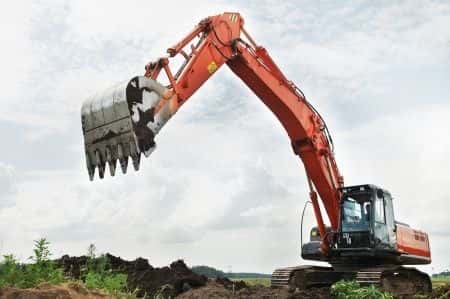This case involves a twenty-six-year-old construction worker who was laying new storm sewer lines during a construction project in Ohio. The construction company that employed the worker did not have any written safety procedures regarding excavator safety while working in trenches. The construction company only required its workers to attend a routine safety talk on-site about specific construction hazards and only required workers to attend an annual full-day safety training program. The worker was in the bottom of an 8-foot hole trying to remove concrete casting around an existing pipe. The worker was standing in an iron trench box that was in the hole and was giving hand signals to the site supervisor above him. The worker was positioned between the excavator bucket and the inside wall of the trench. When the worker was prying off the casing, the bucket teeth slipped off the edge of the concrete and the arm of the excavator snapped towards him. The worker was crushed against the wall of the trench box and this caused him to suffer chest and abdominal injuries. The worker died shortly after he was taken to a local hospital.
Question(s) For Expert Witness
1. Are there any safety standards that construction workers must follow if they are working in a trench hole on an excavation project?
Expert Witness Response
The construction worker in this case was most likely used to working in small, confined quarters—between the bucket and the trench wall. The problem is that the worker was in a dangerous position because he was too close to the operating range of the excavator bucket. This means that the worker was directly in line with the forces being applied by the excavator bucket. If the excavator had to pry and lift a heavy concrete object, the machine would make dangerous movements if the bucket slipped. Another problem was that the site supervisor did not see the exact position of the excavator bucket and the concrete casing and relied only on hand signals from the worker. The site supervisor in this case should have been able to see the exact location of the worker around the excavator machine and the worker should not have been allowed to work in such close proximity to the bucket. The construction company in this case should have trained the worker on proper safety procedures for working around hydraulic equipment and the company should have ordered the worker to stand a safe distance from the bucket. This accident would have been prevented if the construction company had required the worker to stand clear of the bucket and out of the swing line for the excavation.
About the author
Michael Morgenstern
Michael is Senior Vice President of Marketing at The Expert Institute. Michael oversees every aspect of The Expert Institute’s marketing strategy including SEO, PPC, marketing automation, email marketing, content development, analytics, and branding.



